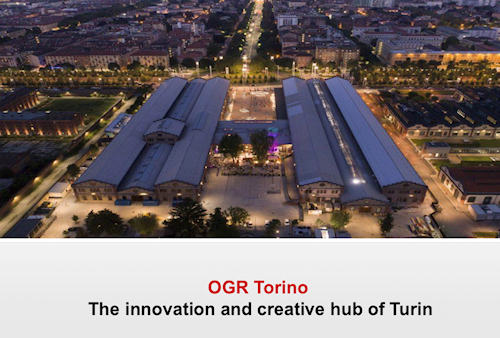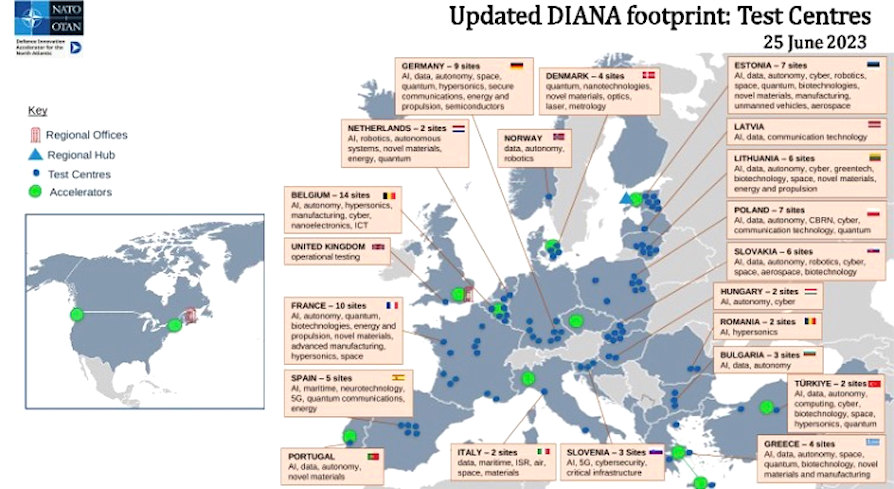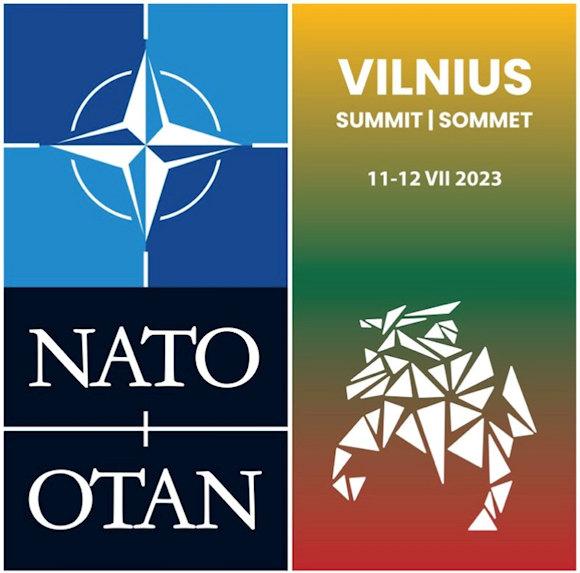To achieve its security and defense objectives, NATO lands in the world of deep tech to accelerate innovation processes with a constellation of accelerators and test center, and a venture capital investment firm.
It's no surprise. We are talking about the longest-standing alliance in recent history, which is demonstrating flexibility and adaptability to its security and defense needs in this too.
As a next step, the 31 NATO Leaders who will meet at the Vilnius Summit (11 to 12 July 2023), will launch the NATO Innovation Fund, a financial instrument that will support business models to push NATO towards its technological edge. In Vilnius, the operation of the Defense Innovation Accelerator for the North Atlantic (DIANA) whose full operation (FOC - Full Operational Capability) is expected in 2025.
These initiatives arise from the wider Alliance effort to adapt to the new security challenges outlined in the new NATO 2022 Strategic Concept, among which the technological one is of primary importance together with the climatic one, and the resilience of the strategic allied infrastructures.
NATO's acceleration towards disruptive emerging technologies (Emerging and Disruptive Technologies - EDTs) can be measured by the rapidity of the political passages of approval of the specific initiatives. Starting from the "EDT Roadmap" launched in London at the end of 2019 which leads to the definition of the NATO strategy on EDTs only one year later, DIANA and theInnovation Fund, start at the Brussels Summit in June 2021 under the NATO2030 Agenda. A rhythm difficult to imagine until a few years ago.
But what exactly is the "NATO Innovation Fund"?
In summary, it is a private company incorporated under Luxembourg law, based in the Dutch capital, to which 23 Allies, all belonging to the European platform - including Italy - have conferred a mandate to manage the fund Venture Capital multi-sovereign of 1 billion euros in 15 years.
 But why adopt such a financial instrument? Because the challenge is not only represented by the threats of possible adversaries or competitors, but also by the speed with which Allies are able to adapt their defense capabilities at the disposal of the Alliance, speeding up the bureaucratic processes of approval and funding for technological research, development and acquisition of capabilities. This is the challenge that the management ofInnovation Fund will have to collect. They will be able to finance innovative projects intercepted through the DIANA mechanism, or directly, according to the level of technological maturity (TRL - Technological Readiness Level) of the specific project.
But why adopt such a financial instrument? Because the challenge is not only represented by the threats of possible adversaries or competitors, but also by the speed with which Allies are able to adapt their defense capabilities at the disposal of the Alliance, speeding up the bureaucratic processes of approval and funding for technological research, development and acquisition of capabilities. This is the challenge that the management ofInnovation Fund will have to collect. They will be able to finance innovative projects intercepted through the DIANA mechanism, or directly, according to the level of technological maturity (TRL - Technological Readiness Level) of the specific project.
Speaking of DIANA, it is worth remembering that the tenders for the first three were launched on 19 June Defense and Security Challenges: energy resilience (energy resilience), secure sharing of information (Secure information sharing), e detection and surveillance (Sensing and surveillance), which identify as many priority areas within the broader work program on EDTs in 2023. In essence, these three areas form the backbone of the DIANA's Strategic Direction by 2023, and will have to lead to the identification of technological solutions dual-use necessary to maintain the transatlantic technological lead.
The call to present their innovative ideas has been addressed for a few days now to start-up, small-medium enterprises (SMEs) and national and international innovators through the major social platforms and through dedicated dissemination activities (the latest presentation was last week at the ICE office in Brussels by NATO and national experts). Technological solutions with a TRL 4 (laboratory validated technology) deemed valid to make a possible contribution to the security of citizens of the Euro-Atlantic platform, will receive funds (grants) per tranche, with 100K Euros for the first 6 months and 300K for the following 6 months, as well as benefiting from customized commercial acceleration programs (NATO has its “Take-off” Space Accelerator at the OGR Tech Hub in Turin - Fig. X), by accessing the network of over 100 accelerators and test centers of the entire Alliance. And this is where the tool that will be launched in the Lithuanian capital comes into play. Commercially promising projects will in fact be able to find further financial impetus thanks to theInnovation Fund and thus materialize the development of innovative solutions for the civilian and military market, taking advantage of targeted exposure to investors and end users in order to support the transition and adoption of the technology.
The race to maintain NATO's technological supremacy therefore started some time ago and is rapidly accelerating. A race that goes hand in hand with the initiatives of the USA, which have always been driving forces in the research and development of innovative defense solutions through programs such as DARPA (Defense Advanced Research Projects Agency). Indeed, venture capital investments in defense technology companies have exploded in recent years, as the war in Ukraine and geopolitical tensions with China have fueled hopes that the US government will grant contracts to start-up that produce innovative systems. US investment in start-up of defense increased from less than $16 billion in 2019 to $33 billion in 2022 (data from pitchbook). With DIANA and Innovation Fund, NATO aims to replicate and if possible improve upon this model.
The ultimate goal is to intercept private capital for capacity building dual-use which, in the approach whole-of-government to the security and resilience of a nation, will serve not only the Alliance but individual Allied national communities.

Images: NATO / web












